Autonomous driving plumbs new depths
- Tesla’s recall takes autonomous driving to a new level of doubt and depression, but it is precisely at the point at which everyone is about to give up that the moment of greatest opportunity occurs.
- Tesla is recalling 2m vehicles after the National Highway Traffic Safety Administration (NHTSA) following a 2-year investigation into the safety of its Autopilot system raised concerns about the safety of the system.
- The recall covers almost every car Tesla has sold in the USA and if Tesla had to bring every car physically into its facilities, the recall would cost billions of dollars.
- The recall will involve a software update that will cost almost nothing highlighting just how important software updates over the air have become.
- Tesla will update its safety features to ensure that drivers really are paying attention and make it more difficult for the foolhardy to trick the system into thinking they are paying attention.
- Consequently, the real damage to Tesla is reputational which will further push back the time when autonomous vehicles become a commercial reality.
- This is not a new problem nor is it news that Tesla’s Autopilot is not fit for purpose as I have been very wary of Tesla’s autonomous driving claims for years.
- Tesla is not and has never been the leader in autonomous driving as all the available evidence (of which there is not much and mostly anecdotal) indicates that Autopilot is second rate and easily beaten by many of the other players.
- The problem boils down to machine vision which is the vehicle’s ability to accurately determine what is happening in its immediate vicinity so that it can take the appropriate action.
- All machine vision systems in development today use a form of deep learning to analyse the data streams coming from cameras, lidars and radars and stitch together an accurate picture of their surroundings.
- For any use case where the environment is both stable and finite, this is relatively easy, and it is possible to teach a car to safely navigate a car park or a test track in a very short period of time.
- However, the open road has an almost infinite data set and is constantly changing which is why vision systems based on deep learning have struggled so much with it.
- Deep learning systems are statistical pattern recognition systems and as such when they are presented with a situation that they have not been explicitly taught, they fail, often catastrophically.
- This is precisely what has happened in almost every Tesla crash that has been reported as a result of having Autopilot engaged.
- This combined with the suspension of Cruise further batters the reputation of autonomous driving and will cause more doubt and further reduce interest in investing in the technology.
- The upshot of this is that ways need to be found to reduce the error rate to a point at which machines become safer than humans or find a new method of creating the algorithms in the first place.
- Both of these options are under development, but progress is really slow and I do not expect to see any real results for some considerable amount of time.
- Hence, I don’t think that autonomous driving is going anywhere beyond motorway driving with an alert driver for a while and I am sticking to my long-held target of 2028 before this becomes a reality.
- Given the lack of progress, even this is starting to look optimistic.
- Consequently, falling valuations, shutdowns and dilutive consolidation look like they will continue for some time to come.
- The longer this trough lasts and the more depressed and sceptical the market becomes, the more I am inclined to think that there will soon be bargains to be had.
- I am getting increasingly interested in this sector but for the moment I am not invested beyond the lidar companies which have many use cases beyond autonomous driving.


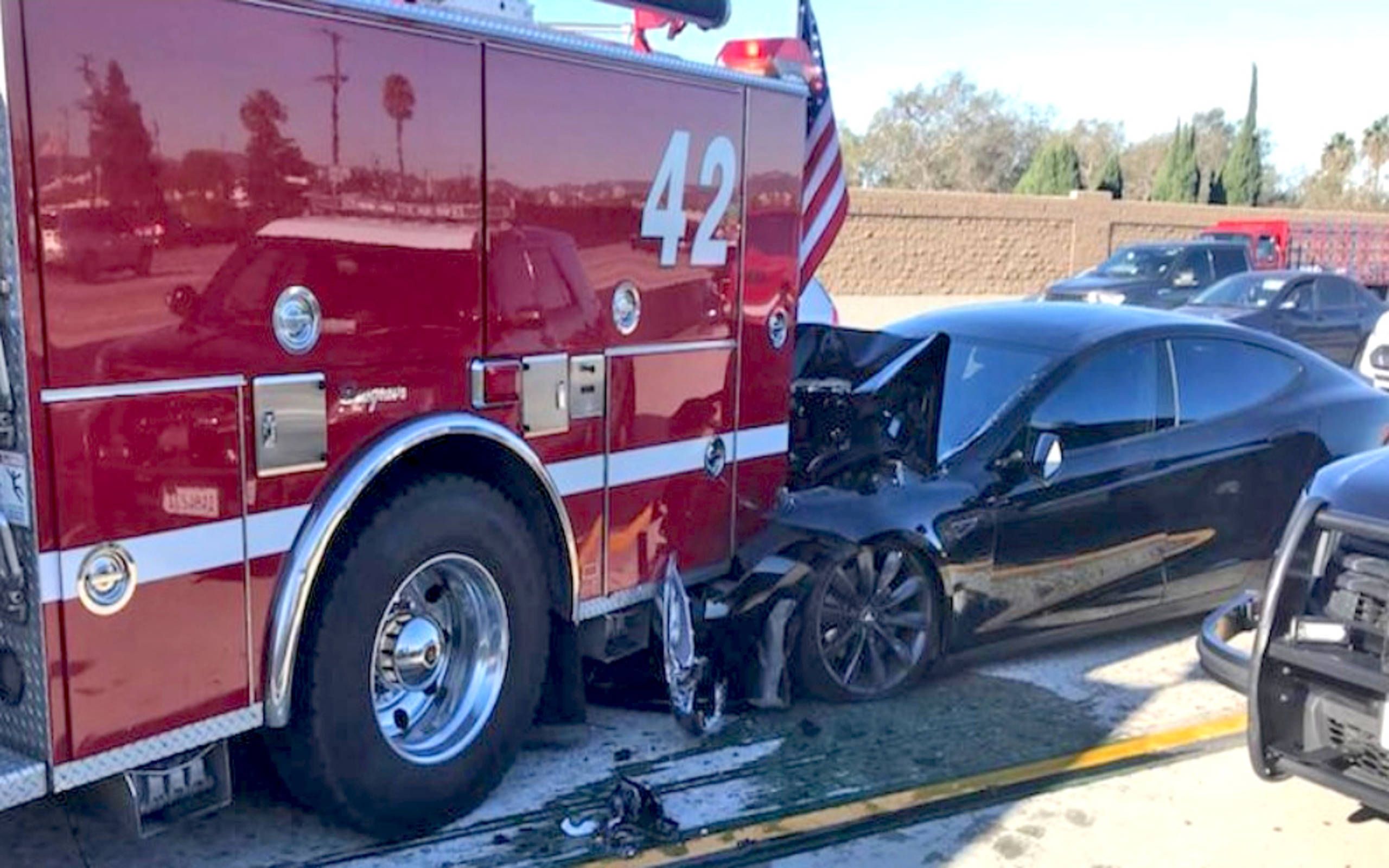

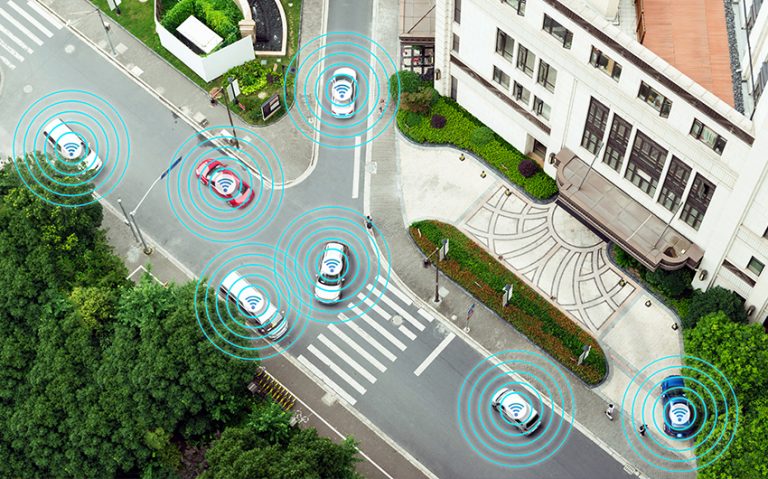
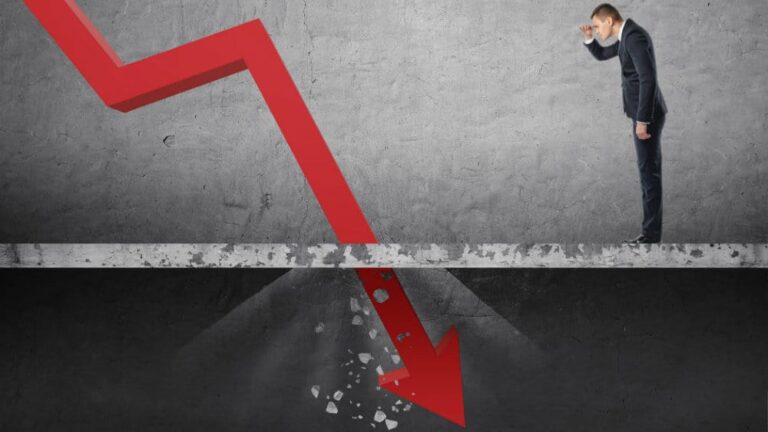

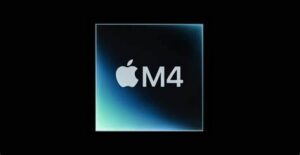
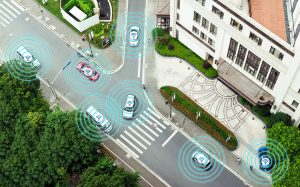
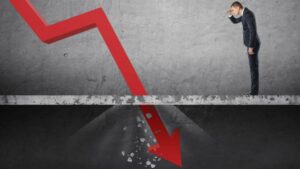
Blog Comments
Andrew
December 15, 2023 at 5:14 am
I remember very well reading your original 2028 prediction and it’s been very interesting seeing it increasingly validated through the years. At this point, whenever I see an article here about autonomous driving, I keep waiting to see if this is the moment where you actually push the prediction out further. I guess we’re not quite there yet?